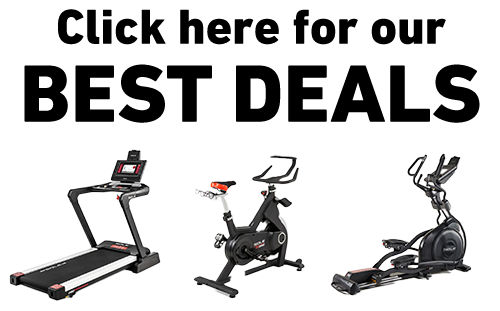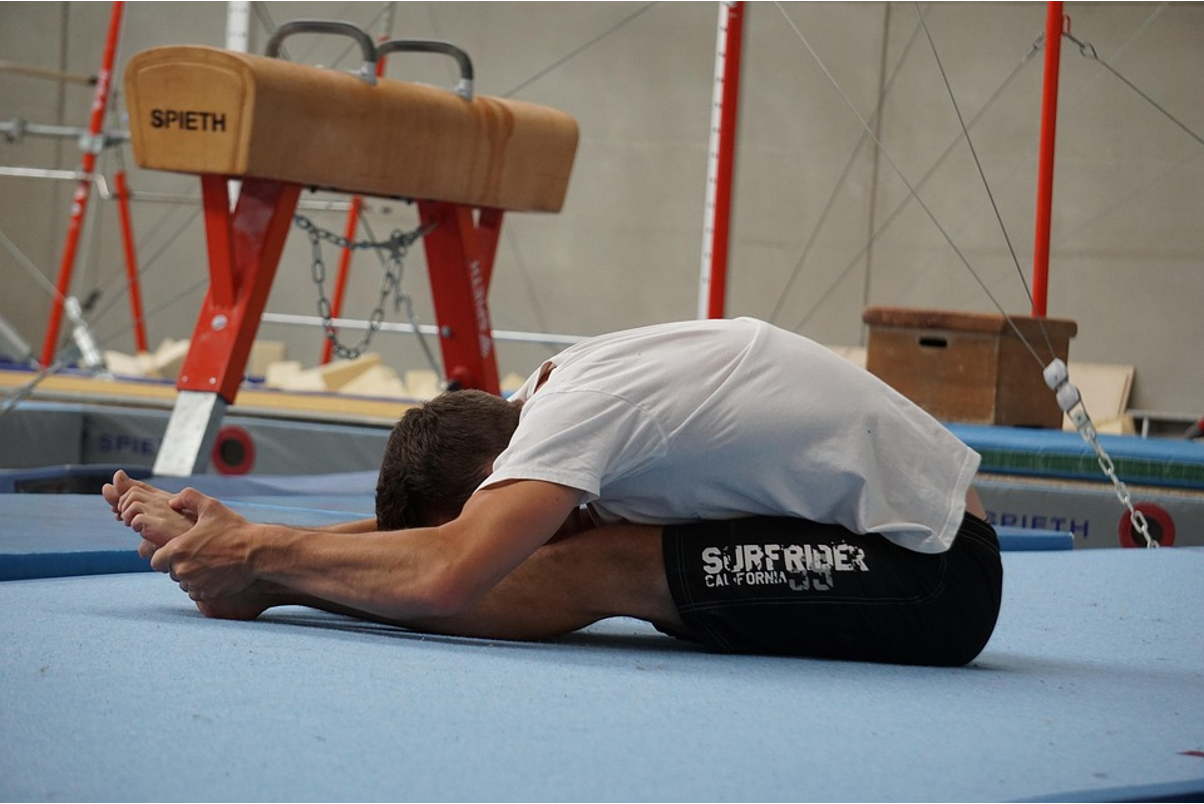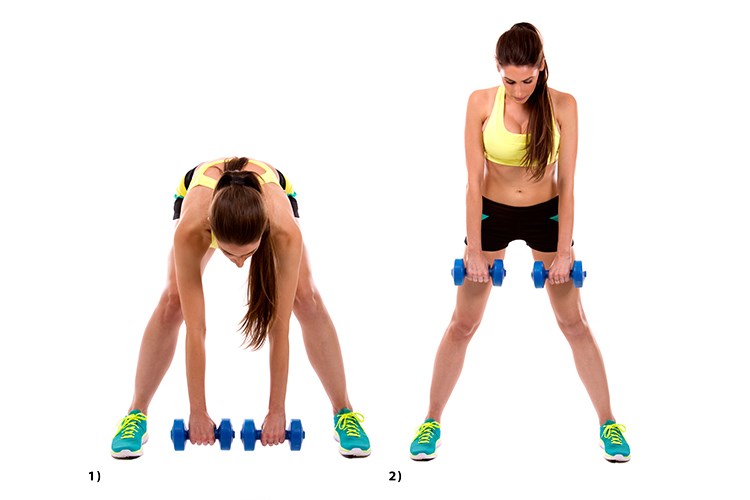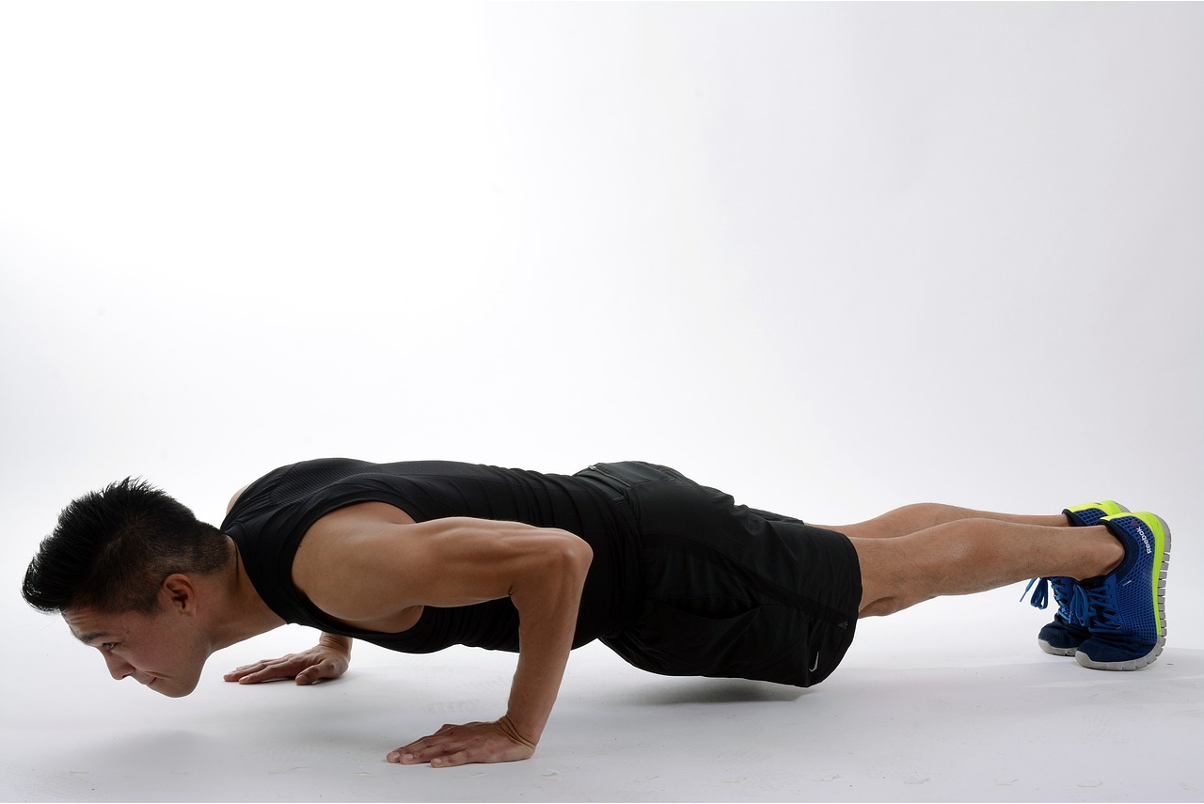Key Takeaways
- The hollow body hold activates your entire core more effectively than traditional crunches, making it the foundation for advanced calisthenics movements.
- L-sits create intense abdominal engagement by combining compression strength with isometric holds, targeting both upper and lower abs simultaneously.
- Dragon flags develop exceptional core control and represent one of the most challenging exercises for building functional abdominal strength.
- Consistent progression through these three exercises creates comprehensive ab development without requiring any equipment.
- SOLE's Equipment Mat provides the essential cushioned surface needed for safe floor-based core training while protecting your spine and maintaining proper body alignment during these demanding exercises.
Why Your Ab Workouts Aren't Working (And What to Do Instead)
Those countless crunches aren't giving you the results you want because they're simply not challenging your core effectively. Traditional ab exercises often isolate small portions of your abdominal muscles while neglecting the integrated strength your core actually needs.
The truth is, your abs function as part of a complete system designed to stabilize your spine and transfer force between your upper and lower body.
What makes calisthenics ab training different is its focus on whole-body tension and progressive overload without equipment. By mastering bodyweight movements that require total core control, you're training your abs the way they're designed to function.
These exercises target the superficial six-pack muscles (rectus abdominis) and engage the deeper transverse abdominis, obliques, and supporting musculature that creates complete, functional core strength.
These three calisthenics exercises represent highly effective approaches to abdominal development. They follow a natural progression of difficulty, allowing you to continuously challenge your core as you get stronger.
What's particularly valuable is how these movements translate to real-world strength and athletic performance—something endless sit-ups simply can't deliver.
|
Premium Home Gym Equipment with Award-Winning Quality! Complete Your Home Gym:
Why Choose SOLE: ✓ Commercial-grade quality for home use 30-Day Money-Back Guarantee: Love it or return it, no questions asked. |
Exercise #1: Hollow Body Hold

The hollow body hold teaches your body the fundamental skill of maintaining spinal alignment under tension, serving as the foundation for virtually all advanced calisthenics movements.
Proper Form For Maximum Engagement
Begin by lying flat on your back on a comfortable surface. Press your lower back firmly into the floor—this is the position your spine must maintain throughout the exercise.
Extend your arms overhead next to your ears and straighten your legs. Lift your shoulders and legs simultaneously off the floor while keeping your lower back pressed down. Your body should form a slight curve, with only your lower back touching the ground.
The key to maximizing this exercise is creating and maintaining tension throughout your entire body. Engage your leg muscles, point your toes, and reach actively through your fingertips.
Your gaze should be toward your toes, keeping your neck in a neutral position. If you're performing it correctly, you should feel significant core engagement within 10–15 seconds.
3 Progression Levels From Beginner to Advanced
For beginners, start with the bent-knee position. Keep your arms extended alongside your body and bend your knees at a 90-degree angle while lifting your shoulders off the ground. Hold for 10–20 seconds, focusing on maintaining that lower back contact with the floor.
As you develop strength, progress to the intermediate variation by extending your arms overhead while keeping knees bent.
The increased lever arm creates significantly more tension through your core. Once this becomes manageable for 30-second holds, advance to the full hollow body position with arms and legs fully extended.
The advanced progression involves adding movement while maintaining the hollow body position. Hollow rocks involve slightly rocking back and forth while keeping your body rigid, which dramatically increases the challenge to your stabilizing muscles.
Exercise #2: L-Sits

Unlike isolation exercises that work muscles separately, L-sits require your core to stabilize while under significant load.
Step-By-Step L-Sit Technique
Begin by sitting on the floor with your legs extended in front of you. Place your palms flat on the ground alongside your hips with fingers pointing forward. Press firmly into the ground, straightening your arms completely and elevating your hips off the floor.
Keep your chest up, shoulders down away from your ears, and maintain a slight forward lean with your torso.
As you press up, work to keep your legs straight and toes pointed. Your legs should be horizontal, forming a 90-degree angle with your torso.
Breathe steadily throughout the hold. Many beginners make the mistake of holding their breath, which severely limits endurance. Start with holds of just 5–10 seconds, gradually building up to longer durations as your strength improves.
4 Modifications For Different Fitness Levels
For beginners, start with the supported L-sit using parallettes, boxes, or even books to elevate your hands. This provides additional clearance for your hips and makes the movement significantly more accessible.
Another progression is the tucked L-sit, where you bend your knees toward your chest instead of extending your legs.
As you build capacity, work on single-leg L-sits by extending one leg while keeping the other tucked, alternating to build balanced strength.
The final progression before the full L-sit is the advanced tuck, where your knees are extended further away from your chest, increasing the challenge gradually.
How L-Sits Target Your Entire Core
The L-sit creates intense activation throughout all sections of your abdominal wall through a combination of compression and stabilization demands.
Your upper abs work to maintain your torso position against the pull of gravity, while your lower abs engage to keep your legs elevated at the 90-degree position.
What sets the L-sit apart from most ab exercises is the additional requirement for hip flexor strength and active compression.
Exercise #3: Dragon Flag

Made famous by martial arts legend Bruce Lee, the dragon flag represents the pinnacle of bodyweight core training through extraordinary full-body tension and control.
Safety First: Mastering The Basics
Before attempting dragon flags, you must first build a foundation of core strength through hollow body holds and other progressive exercises. Attempting this advanced movement without proper preparation risks strain and frustrated progress.
Ensure you can perform a solid hollow body position for 30+ seconds and have developed significant core strength through other exercises before starting dragon flag training.
When starting dragon flag training, find a sturdy bench or surface where you can anchor yourself by gripping behind your head.
Your upper back and shoulders should be the only points of contact with the bench throughout the movement. Keep your chin tucked to maintain neutral neck position, and maintain total-body tension from shoulders to toes.
The 5-Step Progression Plan
Begin with tuck dragon flags by holding your knees to your chest and slowly lowering your tucked body toward the bench, maintaining control throughout. As this becomes manageable, progress to the single-leg dragon flag, extending one leg while keeping the other tucked to reduce the challenge.
The half dragon flag comes next; lower your straight body until you reach a 45-degree angle with the bench, then return to the starting position. As your strength increases, work on full negative dragon flags, lowering your straight body in a controlled manner to a position parallel to the floor.
Finally, master the complete dragon flag by adding the lifting portion, raising your straight body from the parallel position back to vertical without bending at the hips.
Why Dragon Flags Build Functional Core Strength
The dragon flag develops extraordinary control throughout your entire anterior chain. This type of strength, that is, the ability to resist spinal extension under load, is crucial for both athletic performance and injury prevention.
By mastering this movement, you develop the core stability needed for advanced skills and the kind of spinal protection that prevents injuries during demanding activities.
Master Advanced Core Training with SOLE's Essential Equipment

SOLE's Equipment Mat transforms any space into a professional core training environment by providing the spinal protection and stability essential for mastering these demanding calisthenics exercises safely.
Advanced calisthenics ab training requires proper surface support to protect your spine while maintaining stability during demanding exercises. The SOLE Equipment Mat provides the essential foundation with superior cushioning that makes floor-based exercises like hollow body holds and dragon flags comfortable and safe.
The generous 36.5" x 78" surface accommodates all core movements from basic progressions to advanced variations like dragon flags. The non-slip backing prevents dangerous mat movement during dynamic exercises, crucial for safety during exercises requiring total body tension and control.
The balanced cushioning design protects your spine during extended holds and floor work while maintaining the firm surface feedback needed for proper body alignment. This protection allows you to focus on technique and progression rather than discomfort, essential for mastering these challenging movements safely.
For comprehensive training support, pair your mat with SOLE treadmill for cardio and the SW180 and SW155 Adjustable Dumbbells for weighted progressions as you advance beyond basic bodyweight exercises.
The free SOLE+ App includes core training programs with structured progression that complement your calisthenics routine.
Ready to master advanced core strength safely? Shop SOLE equipment today!
Frequently Asked Questions (FAQs)
How often should I train abs for best results?
The ideal training frequency for these calisthenics ab exercises is 2–3 dedicated sessions per week with at least 48 hours of recovery between workouts. Your abs are muscles that require adequate recovery time to adapt and grow stronger. The high intensity of these movements creates significant demands that need time to recover from.
Can I develop visible abs through calisthenics alone?
Visible abs depend primarily on body composition rather than exercise selection alone. You can develop incredibly strong abs through these calisthenics movements, but they won't be visible if covered by body fat.
Should I feel these exercises in my lower back?
These exercises should primarily engage your abdominal muscles, not create discomfort in your lower back. If you're experiencing lower back discomfort during these movements, it typically indicates a form issue or attempting a progression beyond your current strength level.
How long before I see results from these exercises?
Most people begin to notice significant improvements in core strength within 3–4 weeks of consistent practice with these exercises. The rate of progress depends largely on your starting point, consistency, and recovery factors, including sleep and stress management. Strength improvements occur faster than visual changes, so track performance metrics like hold times or progression levels rather than focusing solely on appearance.
How does SOLE's Equipment Mat enhance calisthenics ab training?
SOLE's Equipment Mat is essential for safe and effective calisthenics ab training, providing superior cushioning that protects your spine during floor-based exercises like hollow body holds and dragon flag progressions. The 36.5" x 78" surface gives you ample space for all core movements while the non-slip backing prevents dangerous mat sliding during dynamic exercises.




Leave a comment
This site is protected by hCaptcha and the hCaptcha Privacy Policy and Terms of Service apply.